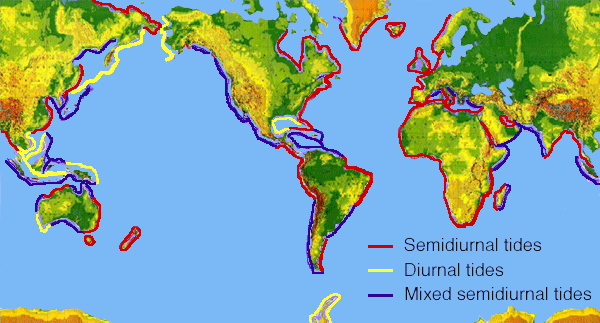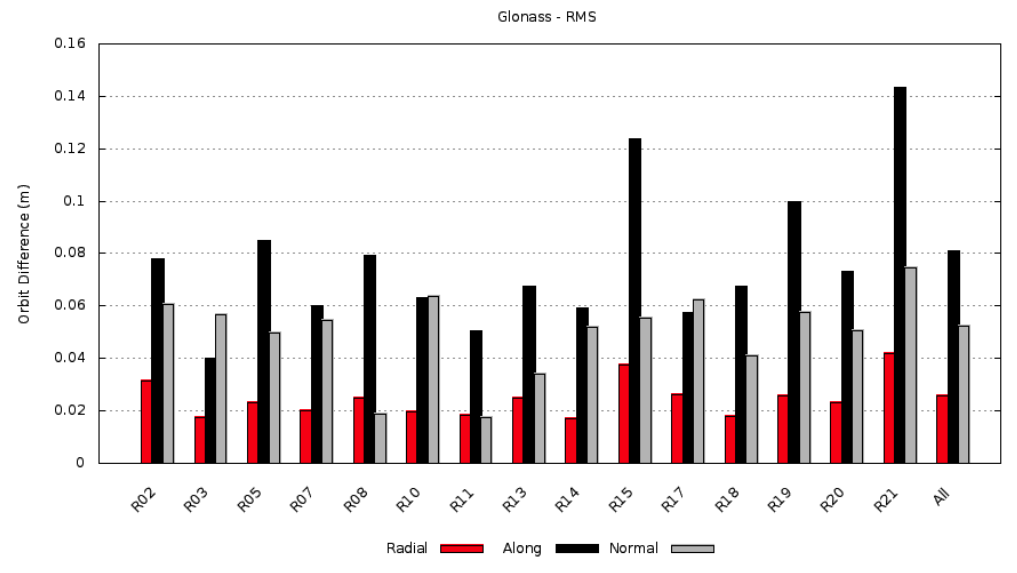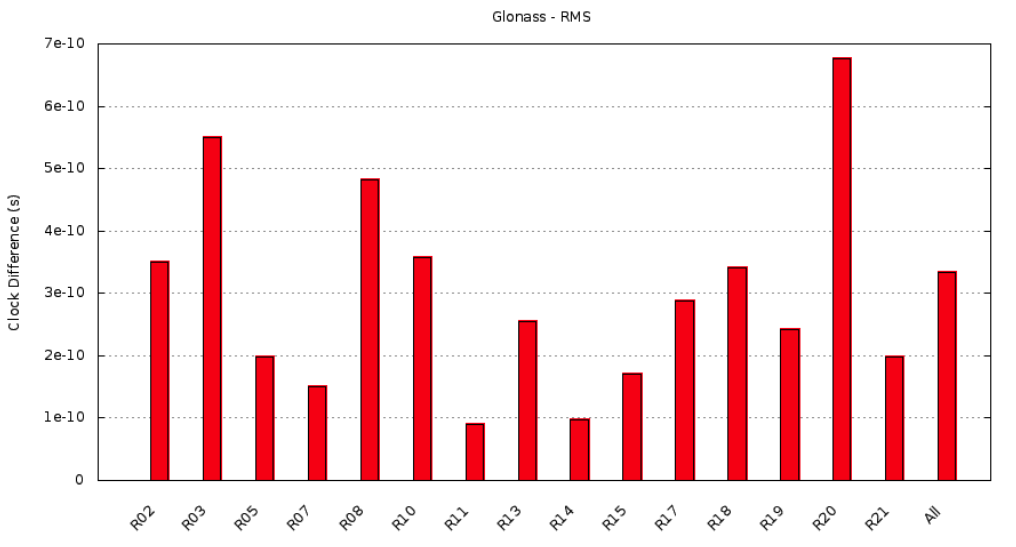(Deprecated) Precise Point Positioning with GLONASS
January 19th, 2010 by Ricardo PírizThis information is deprecated, please visit the new post.
We have just released magicGNSS version 2.2 which incorporates a new version of the Precise Point Positioning algorithm (PPP). The new PPP is able to process the Russian satellite constellation GLONASS.
GLONASS satellite orbits and clocks needed as input by PPP have been calculated offline using the ODTS module of magicGNSS. GLONASS orbits and clocks are available starting January 1, 2010, with a latency of around 1 hour. The new PPP has three processing modes: GPS-only, GLONASS-only, and GPS+GLONASS. It is also possible to do GLONASS PPP by email.
magicGNSS/PPP with GLONASS was presented and demonstrated at the ION GNSS 2009 conference in Savannah, Georgia, USA. The title of our paper was Orbits and Clocks for GLONASS Precise-Point-Positioning.






